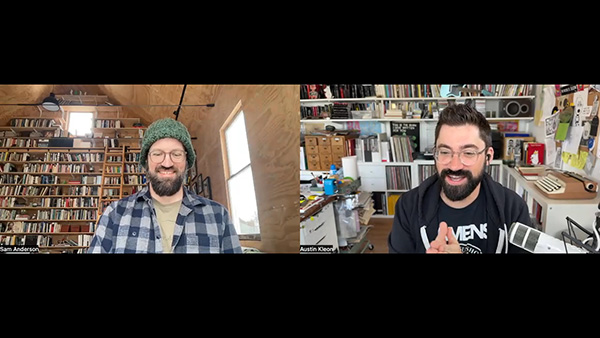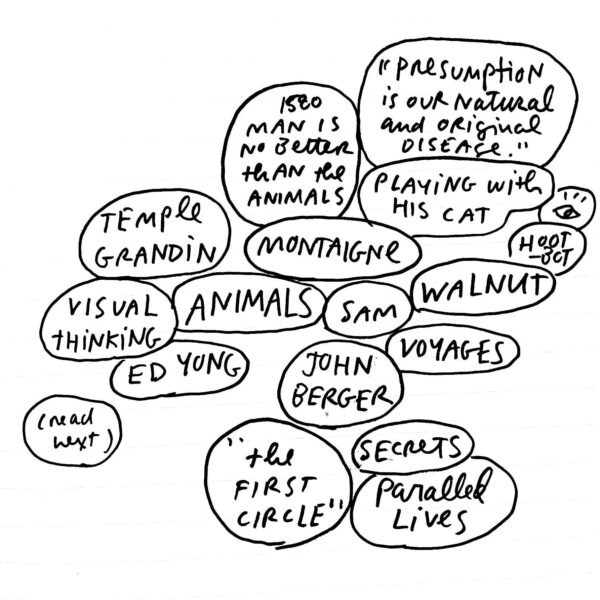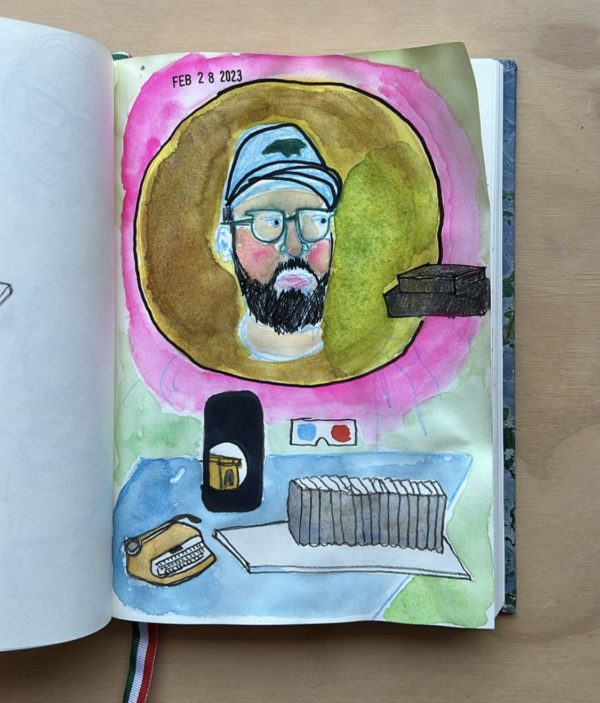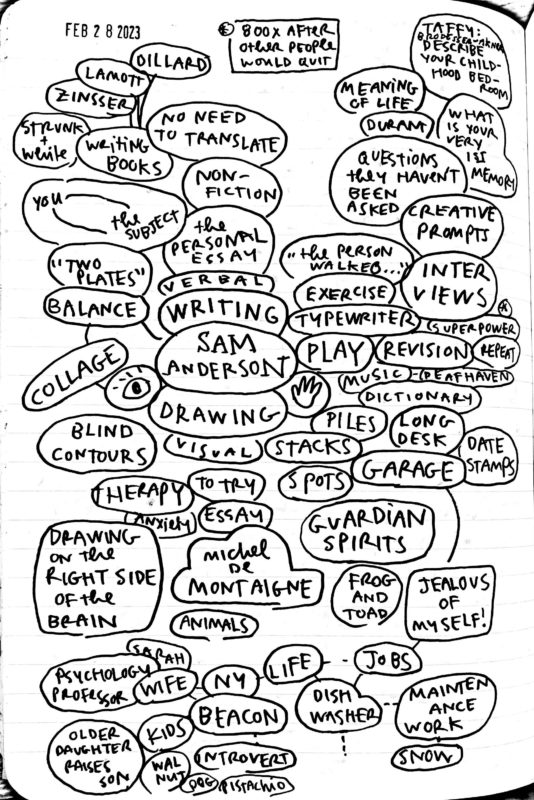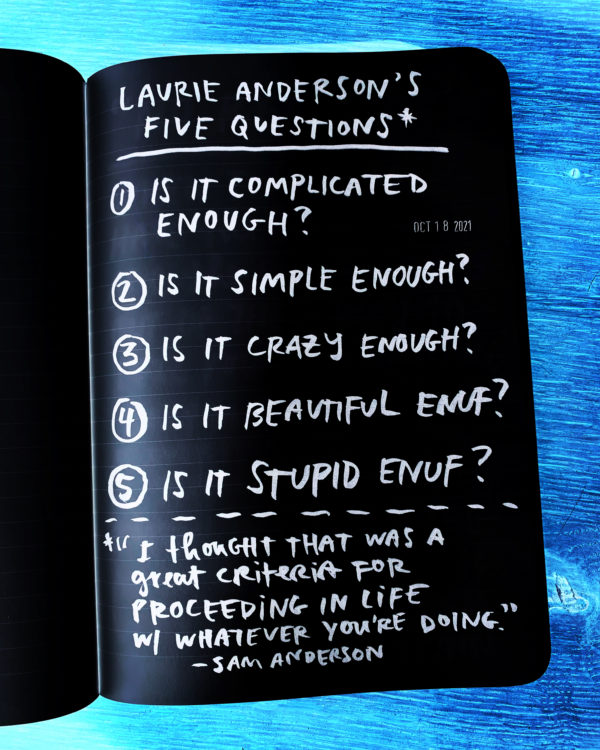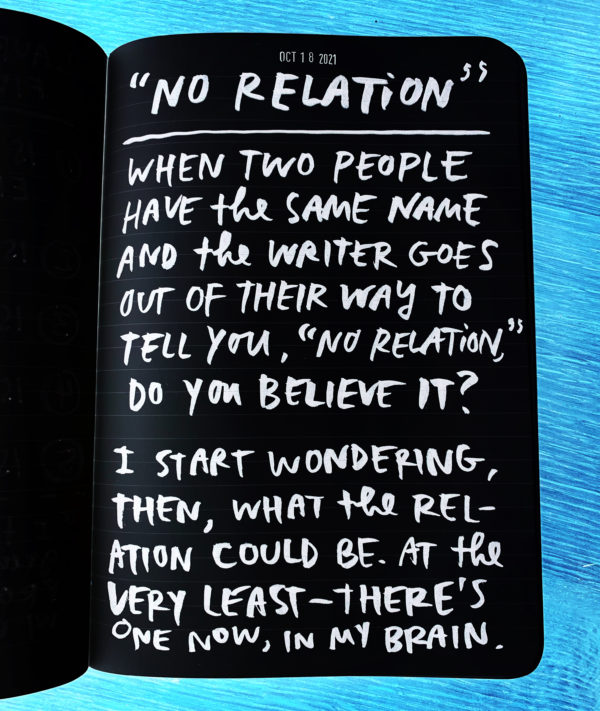For the fourth year in a row, the writer Sam Anderson and I got together to celebrate Michel de Montaigne’s birthday and talk about our work, our lives, and our love for writing and drawing:
SAM: The thing that unites good writing and good drawing — authentic writing and authentic drawing — is the exploratory line. I can tell when a drawing is the real thing for me because it contains surprise in it and it’s looking for something and you can see that happening in the work. And it’s so magical and ineffable… And the same with writing: it has to have that in it. And you know, I am like a super perfectionistic craftsman about my writing, but in a way that I think, at its best, reinforces that original sort of wandering, exploratory quality.
You can read the show notes and watch the whole conversation in the newsletter, or there’s a way to listen in your favorite podcast app!
